Data Lake vs. Data Warehouse
When does a data warehouse make sense, and when is a data lake the better choice? This article outlines the key differences, use cases, and decision criteria for modern data management strategies.
Both systems are designed to store and process vast amounts of information for analytics. However, they differ significantly in structure, flexibility, and purpose. The right solution depends on how your organization intends to use and analyze its data.
Comparing Data Lake and Data Warehouse
Data Warehouse (DWH)
A data warehouse integrates information from multiple sources and transforms it into a consistent, structured format ready for analysis. It is ideal for reporting, KPIs, and historical business data. Data warehouses excel in reliability and speed but are not optimized for unstructured formats such as images, videos, or logs.
Data Lake (DL)
A data lake ingests data in its raw form—structured, semi-structured, or unstructured—without predefined schemas. Data structuring occurs only when accessed (schema-on-read), which makes data lakes highly flexible for machine learning, AI, and exploratory analytics. They are ideal for evolving or undefined data requirements.
Which Model Fits Your Organization?
- Choose a Data Warehouse if your focus is on business intelligence, standardized reporting, and consistent historical data analysis.
- Choose a Data Lake if your workloads involve raw or complex data, advanced analytics, or dynamic research environments.
- Many enterprises adopt a hybrid architecture—using data lakes for ingestion and data warehouses for curated analytics—to combine flexibility and performance.


